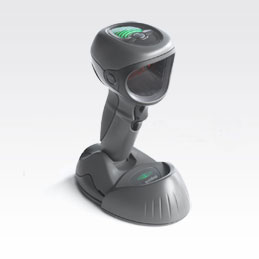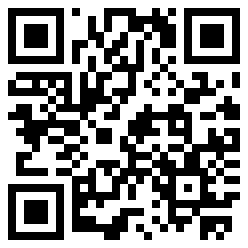AJHP: “Implementation and evaluation of carousel dispensing technology in a university medical center pharmacy (Am J Health Syst Pharm 2010 67: 821-829)
Results. The estimated labor savings comparing the preimplementation and postimplementation time studies for automated dispensing cabinet (ADC) refills, first-dose requests, supplemental cart fill, and medication procurement totaled 2.6 full-time equivalents (FTEs). After departmental reorganization, a net reduction of 2.0 technician FTEs was achieved. The average turnaround time for stat medication requests using CDT was 7.19 minutes, and the percentage of doses filled in less than 20 minutes was 95.1%. After implementing CDT, the average accuracy rate for all dispense requests increased from 99.02% to 99.48%. The inventory carrying cost was reduced by $25,059.
Conclusion. CDT improved the overall efficiency and accuracy of medication dispensing in a university medical center pharmacy. Workflow efficiencies achieved in ADC refill, first-dose dispensing, supplemental cart fill, and the medication procurement process allowed the department to reduce the amount of technician labor required to support the medication distribution process, as well as reallocate technician labor to other areas in need. â€


